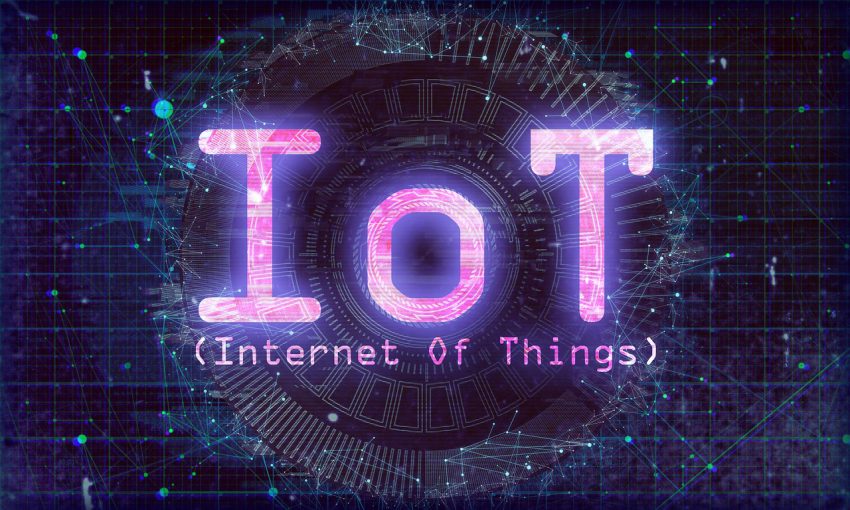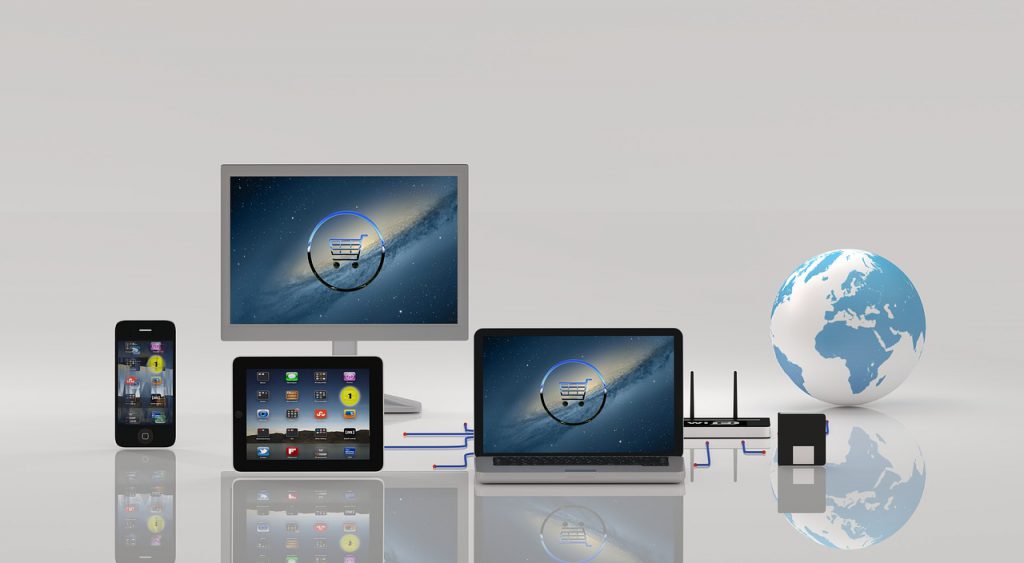
Technology is present in almost every part of our daily lives – we use it for communication via messenger, work, entertainment such as visiting bets-promo-code.co.uk in our free time, and even shopping. That is not anything new in our modern society and we are completely used to it, so much that people cannot leave their house without a smartphone anymore. However, with the advancement of the Internet of Things (IoT), the prediction is that our reality will soon look like a real sci-fi movie. What’s the IoT exactly and how will it impact our shopping experiences?
What is the Internet of Things?
The Internet of Things is a concept of connecting various devices to the Internet and other devices. In the past couple of years, its popularity has been growing and people seem to react well to the IoT as it makes their lives more convenient and carefree. Instead of using your devices and gadgets separately, you can now have a whole system of them working for you. If you still don’t think that this is our future, just think about the fact that the number of connected devices is expected to exceed 30 billion in 2020.
The Internet of Things in retail
Shopping, just like any other aspect of our lives will change drastically with the influence of the IoT and we can be pretty sure that our shopping experience will never be the same. There are various ways in which the IoT can be used in retail, and we will probably start seeing the first impacts in 2020.

1. Automated checkout
Store owners could use the IoT to automatize the checkout system so that they won’t even have to hire cashiers anymore. Instead of waiting in lines to purchase their products, customers will be able to simply leave the store with the product they want to buy. Using scanners or other systems to read the tags on the products, the purchase will be finished and products paid using mobile payment apps. This can also prevent theft since all the products will be scanned upon exiting the store.
2. Beacons
Beacons have been around for a few years now, but they are just starting to get noticed more and used in retail. They are small devices that send notifications to smartphones when they are near them. Stores can use these to draw customers into the shop by sending them reminders or discounts. They can also be used inside of a store so that when a customer is for example in the makeup section of the store, they will receive information about the products they like and any discounts that are currently available.
3. Smart shelves
Instead of spending a lot of time arranging items on shelves and running around checking if everything is in its place, store owners can use smart shelves to do the job instead of them. These shelves have sensors that notify you every time an item is closed to being out-of-stock or if it is misplaced. This can also be useful in preventing theft and could potentially save you a lot of money and time.
